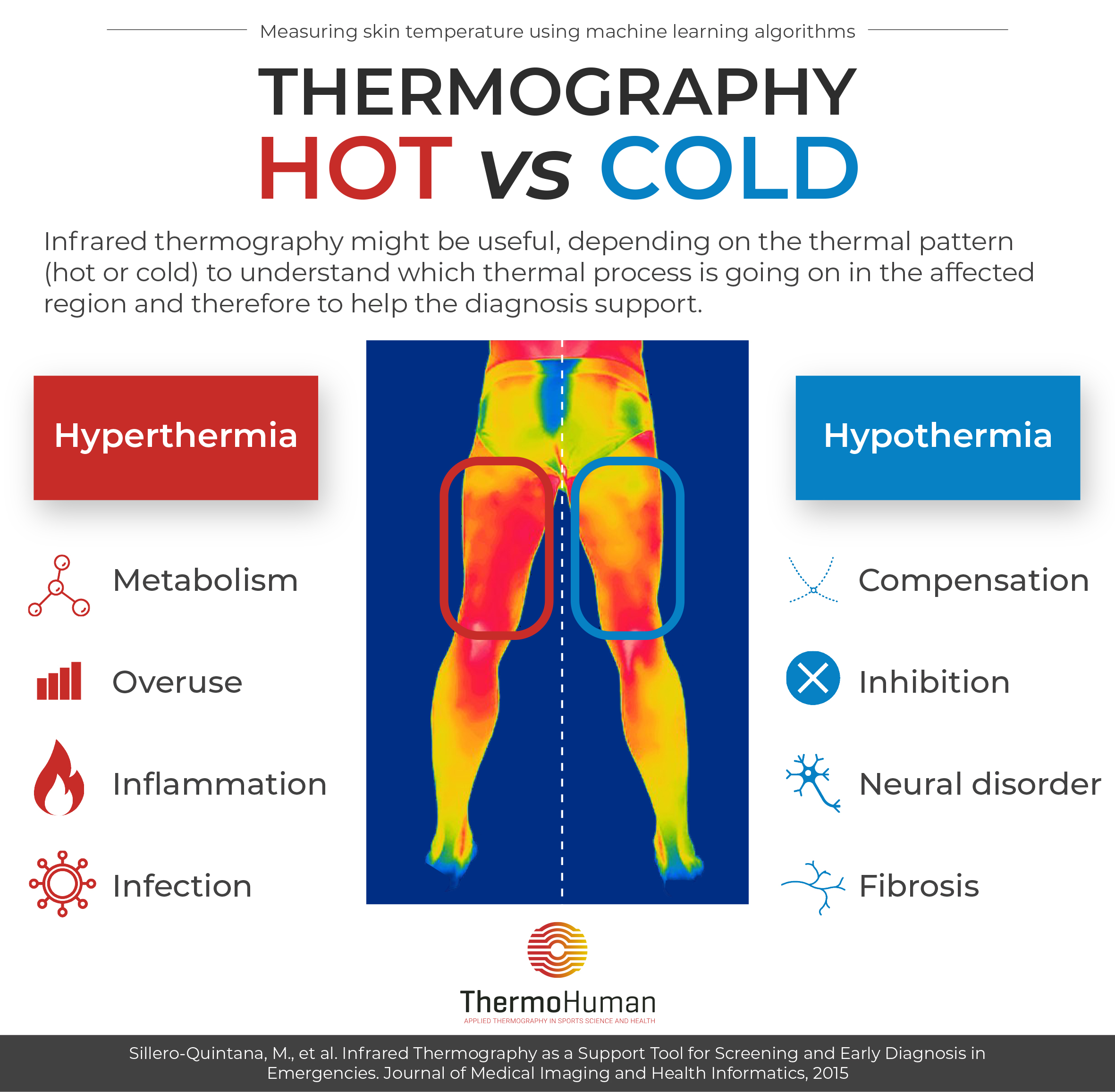Infrared radiation is an invisible form of light that many of us encounter every day. But is infrared hot or cold? While the answer may seem straightforward, the truth is that infrared can be both hot and cold depending on how it’s used. In this article, we’ll explore the differences between hot and cold infrared radiation, and how it can be used in both heating and cooling applications.
Infrared radiation is not hot or cold. It is a type of energy that is invisible to the human eye. Infrared radiation is a form of electromagnetic radiation which has a longer wavelength than visible light. This radiation is what makes it possible for us to feel heat. It is emitted by hot objects, such as the sun and fire. When it reaches our skin, it is absorbed, warming us up. Since it is invisible to the naked eye, we can’t see the infrared radiation, but we can feel it as heat.

Contents
Is Infrared Radiation Hot or Cold?
Infrared radiation (or IR) is a type of electromagnetic radiation that is invisible to the human eye. It is responsible for the heat we feel from the sun, and is a form of energy that is emitted from all objects with a temperature above absolute zero. But does that make infrared radiation hot or cold? In this article, we will explore the answer to this question.
Infrared Radiation is Neither Hot Nor Cold
At first glance, it may seem like infrared radiation is hot since it produces heat. But it is important to remember that infrared radiation is not heat, but rather a form of energy. Heat is simply the transfer of energy, and infrared radiation is the source of this energy. In other words, infrared radiation is neither hot nor cold; rather, it is the source of heat that we feel.
Objects absorb infrared radiation and convert it into heat energy, which is then released as infrared radiation. This process is known as thermal radiation and is the reason why objects can become hot or cold. So while infrared radiation itself is not hot or cold, it is the source of the heat we feel.
Infrared Radiation and Temperature
Infrared radiation is often associated with temperature, and for good reason. All objects have a temperature, and the hotter the object, the more infrared radiation it will emit. So while infrared radiation itself is neither hot nor cold, it can be used to measure the temperature of an object.
In addition, infrared radiation is also used to measure the temperature of a person. Thermal cameras use infrared radiation to detect heat and measure the temperature of a person, which is why they are often used in medical settings.
Infrared Radiation and Light
Infrared radiation is part of the electromagnetic spectrum, which is made up of a range of wavelengths, from radio waves to gamma rays. Infrared radiation is located between visible light and microwaves, and is responsible for many of the heat we feel from the sun.
Visible light is made up of different wavelengths that can be seen by the human eye. Infrared radiation has longer wavelengths than visible light, and is invisible to the human eye. However, some animals, such as snakes, can detect infrared radiation.
Uses of Infrared Radiation
Infrared radiation has many practical uses, from heating and cooling to communication. It is used in remote controls, medical imaging, and even astronomy. It is also used in thermography, which is the use of infrared radiation to measure the temperature of an object.
In addition, infrared radiation is also used in night vision devices. These devices use infrared radiation to detect the heat emitted by an object and then convert it into a visible image.
Conclusion
Infrared radiation is an invisible type of electromagnetic radiation that is located between visible light and microwaves. It is responsible for the heat we feel from the sun, and is neither hot nor cold. Objects absorb infrared radiation and convert it into heat energy, which is then released as infrared radiation. Infrared radiation is often associated with temperature, and can be used to measure the temperature of an object. It is also used in many practical applications, from heating and cooling to communication.
Related Faq
Q1: Is Infrared Hot or Cold?
A1: Infrared is not hot or cold, it is an energy type that falls in between both temperatures. Infrared radiation is a wavelength of energy that falls in the electromagnetic spectrum between visible light and microwaves. It has no temperature as such, but can transfer heat energy.
Q2: What is Infrared Radiation?
A2: Infrared radiation is a type of energy that is emitted from objects that have a temperature above absolute zero (0 Kelvin). It is invisible to the human eye, but can be detected by special equipment such as thermometers, night vision cameras, and remote controls. Infrared radiation is part of the electromagnetic spectrum and has a wavelength of 700nm to 1mm.
Q3: How is Infrared Radiation Used?
A3: Infrared radiation is used in a variety of ways. It is used for heating, cooking, remote controls, medical imaging, and night vision. In medical imaging, infrared radiation is used to detect changes in tissue temperature and to diagnose illnesses. Additionally, infrared radiation is used in night vision technology to detect objects in the dark.
Q4: What are the Benefits of Infrared Radiation?
A4: There are many benefits to using infrared radiation. It is a safe and non-invasive way to detect changes in tissue temperature, which can help diagnose illnesses. It can also be used to provide heat in a more efficient way than traditional heating methods, as well as in remote controls and night vision.
Q5: What are the Uses of Infrared Radiation?
A5: Infrared radiation is used in a variety of ways, such as for heating, cooking, medical imaging, and remote controls. Additionally, it is used in night vision technology to detect objects in the dark. Infrared radiation can also be used to detect changes in tissue temperature and diagnose illnesses.
Q6: Are Infrared Rays Harmful?
A6: Infrared radiation is not generally considered to be harmful to humans. Infrared radiation is naturally emitted from the sun and other objects, and is a form of energy that is necessary for life. However, too much exposure to infrared radiation can be harmful, and it is important to take precautions when using infrared-emitting equipment.
Heat Vs. Cold (Ice) Pack? Avoid This Common Mistake. Infrared Heat?
Infrared radiation is a complex topic, but understanding it is essential for anyone interested in the science of energy. Infrared radiation plays an important role in our lives, from helping to keep us warm to enabling us to see in the dark. After exploring the topic, it’s clear that infrared radiation can exist in both hot and cold forms, depending on its frequency. This is because infrared radiation, like all forms of energy, has both a temperature and a frequency that determine its behavior. Understanding this concept can help us gain a better appreciation of the science of energy and its many applications.









